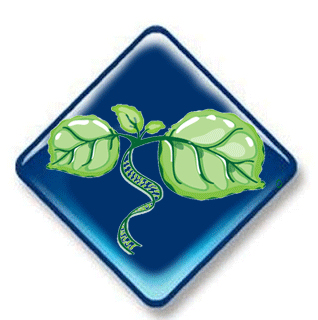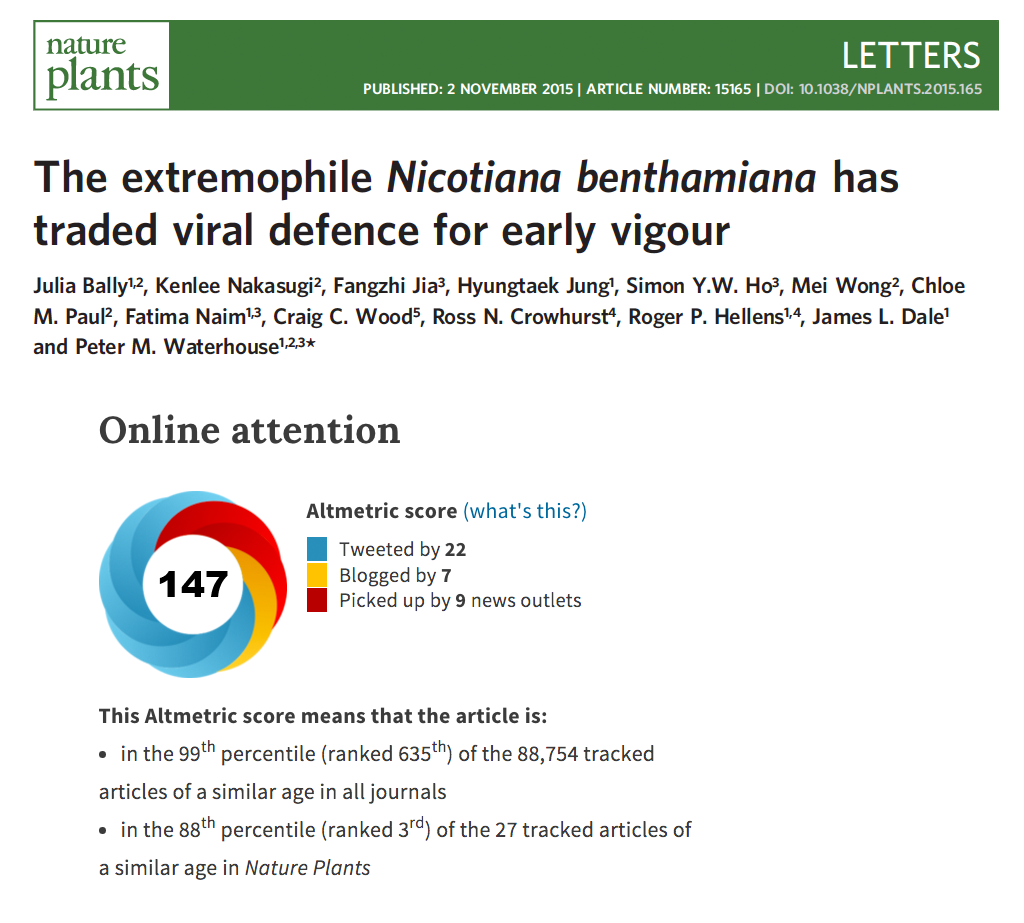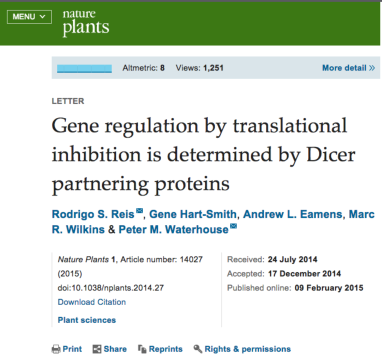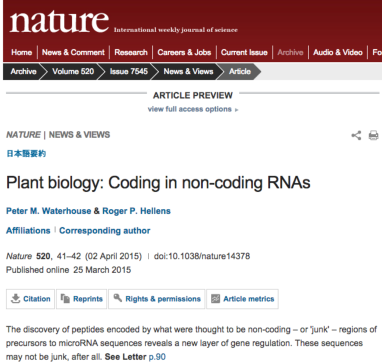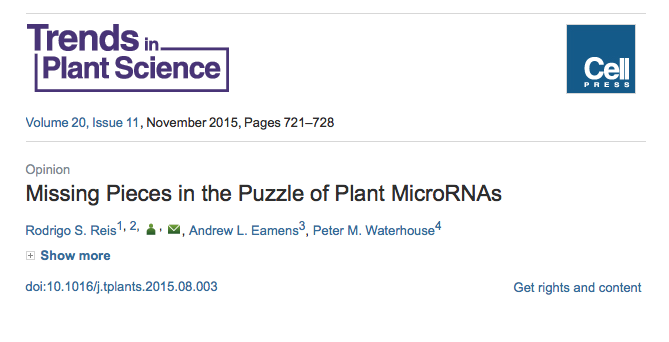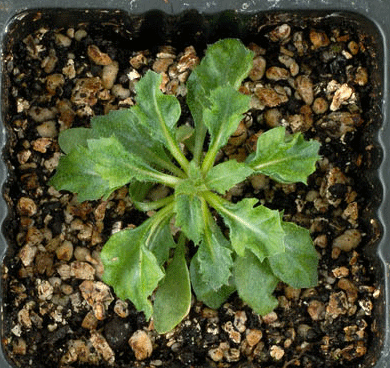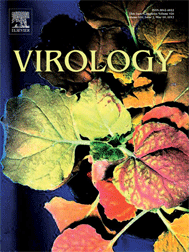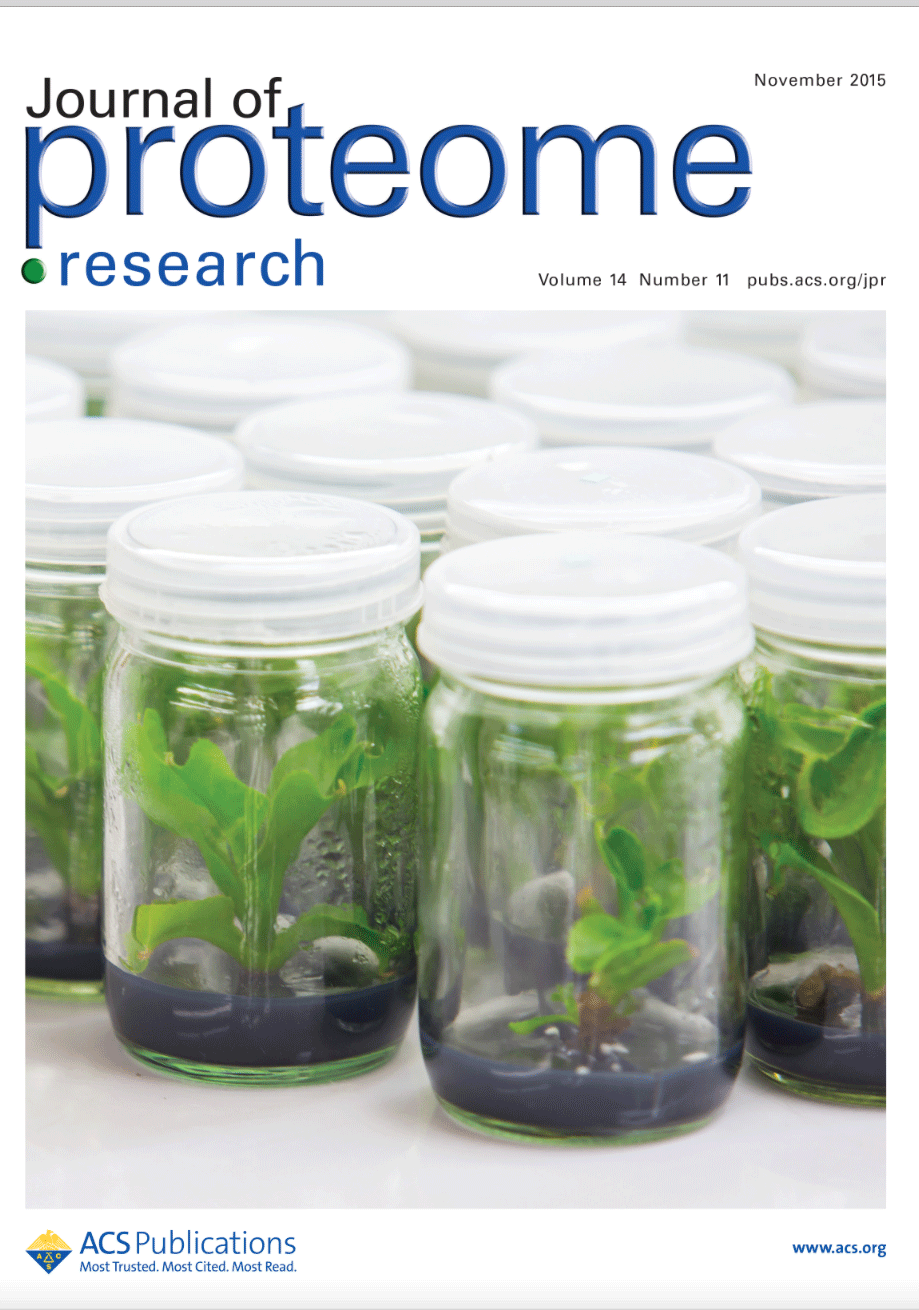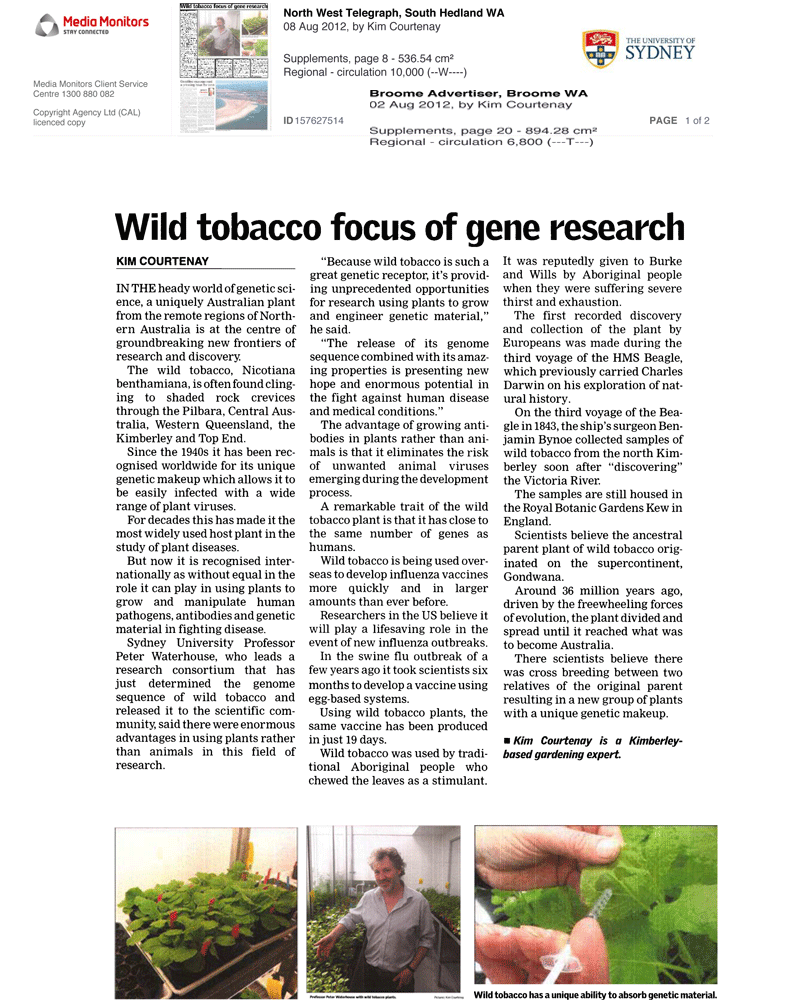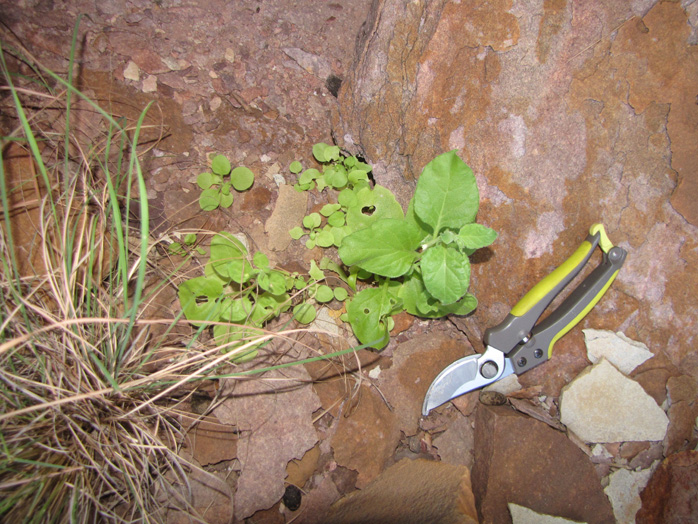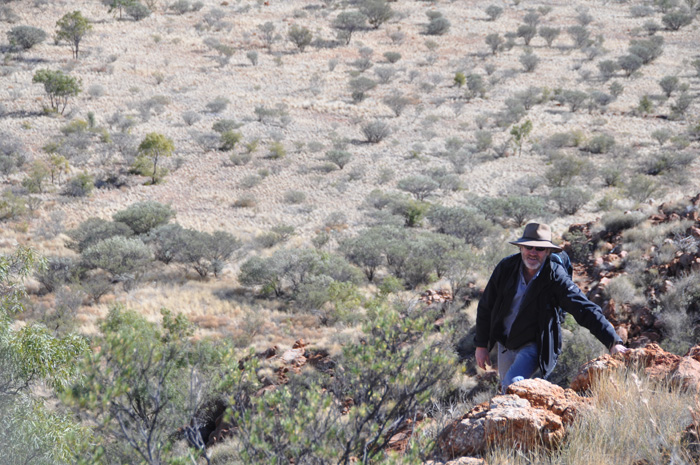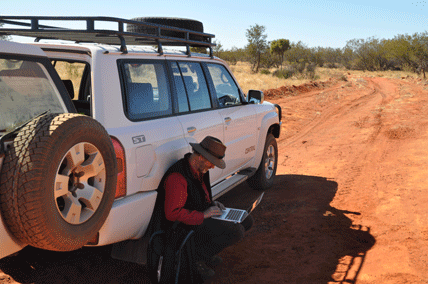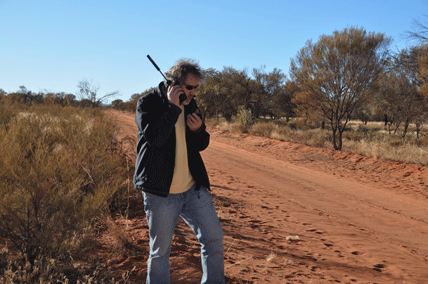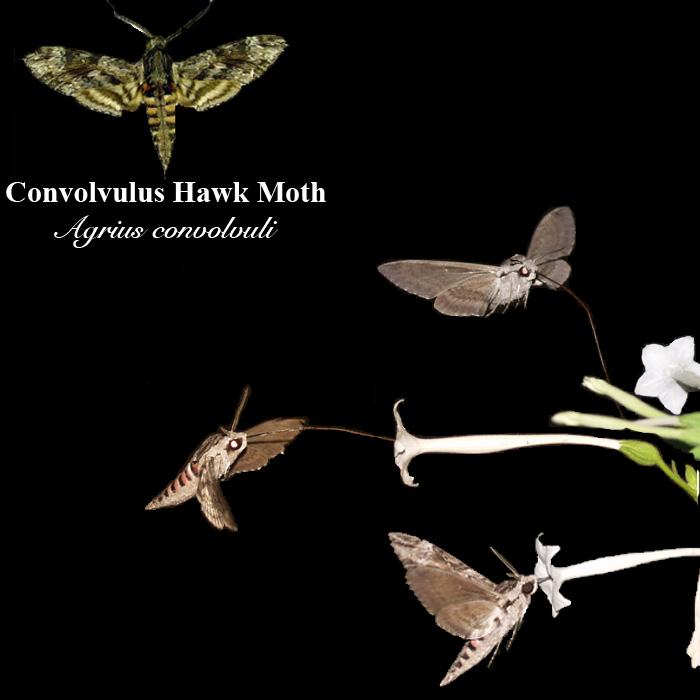PW pbg logo - Waterhouse Lab
The World of Small RNAs
RNA interference (RNAi), first described in plants (Waterhouse et al 1998) and patented by our group in the late 1990s, has revolutionised plant and animal research. The technology gives researchers the ability to silence almost any gene, at will, and works by re-directing an intrinsic RNA-degrading mechanism that is present in almost all eukaryotic cells..
The main players in this pathway are the RNA-nucleases: Dicers and Argonautes. Humans have only one Dicer and 4 Argonautes. Plants have at least 4 Dicers and 10 Argonautes which produce and utilise different size classes of small RNAs. One of these Dicers produces ~21nt microRNAs that regulate development, another two produce 21 and 22nt siRNAs to fight against viruses, and another produces 24nt siRNAs that regulate gene expression through chromatin modification. We have been studying the components and functions of this pathway
Most recently, we have been investigating how and why sRNAs move, the functions of the dsRNA binding (DRB) protein family, self versus non-self, trans-Kingdom RNAi and genome editing.
The Nicotiana benthamiana Genome and Transcriptome
Nicotiana benthamiana is an exclusively Australian native plant which we, like many others around the world, use extensively for research. In 2010 we formed a consortium of like-minded colleagues from the University of Sydney, CSIRO Plant Industry (Canberra) and Plant & Food Research (New Zealand), and more recently QUT (Brisbane), to determine the sequence of the transcriptome and genome of this amazing plant. The sequence information about the genome and transcriptome of the LAB isolate and the transcriptomes of five Wild isolates is freely available to BLAST and GBrowse at our website.The site also has information about the patterns of gene expression, microRNA regulation, and the provenance of the LAB and other isolates. We find it an extremely useful resource for our biotechnology, evolution, gene silencing, microRNA-regulation and epigenetic research.
© 2015

